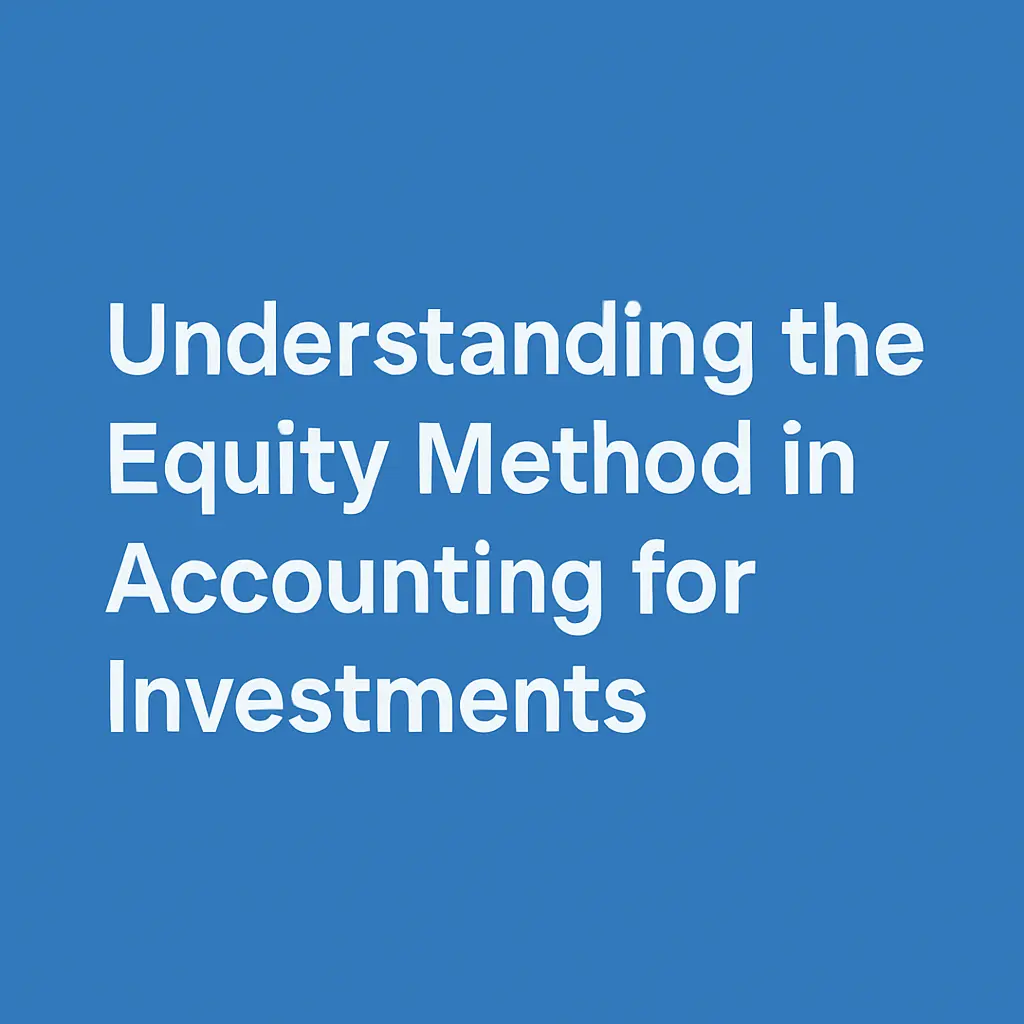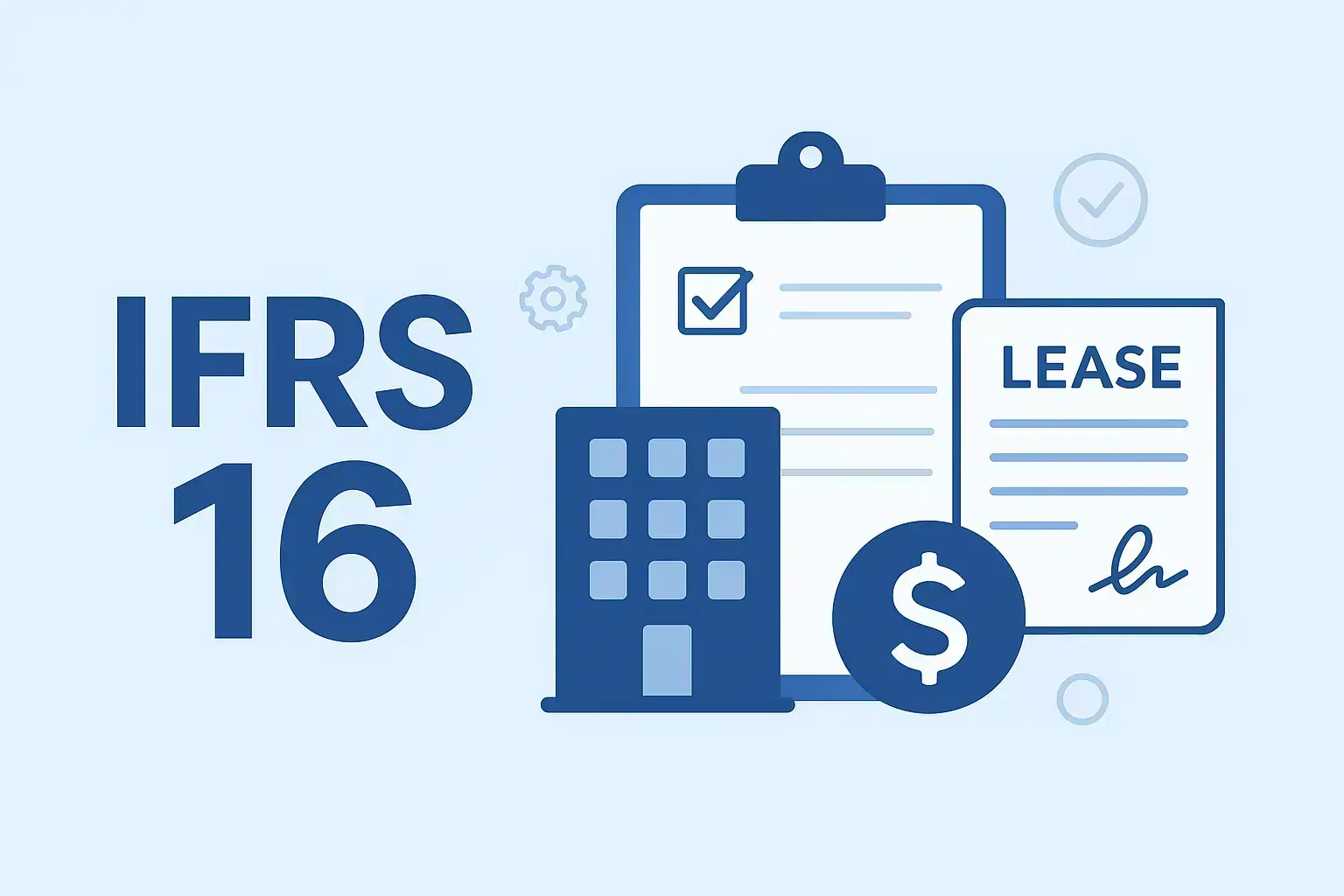Latest Articles & News
Master the essentials of inventory valuation with methods like FIFO, Weighted Average, Specific Identification, and Standard Cost. For SMEs and startups in Austria, accurate valuation strengthens financial reporting, protects margins, and ensures compliance with accounting standards

Inventory Management & Valuation
Techniques for Accurate Inventory Valuation
Accurate inventory valuation is essential for SMEs and startups in Austria. It affects gross margin, tax, pricing, and working capital. This guide explains the most practical valuation techniques, when to use them, and the controls you need to keep numbers reliable and audit-ready.
Why Inventory Valuation Matters
Inventory often represents a major asset on the balance sheet. Choosing the right method and applying it consistently ensures fair inventory valuation, credible financial statements, and better decisions about purchasing, pricing, and cash flow.
Core Valuation Methods for SMEs
1) FIFO (First-In, First-Out)
Assumes the earliest purchases are sold first. Ending inventory reflects more recent costs—useful in inflationary environments and widely accepted for financial reporting.
2) Weighted Average Cost
Smooths price volatility by averaging the cost of available units. Simple to operate and suitable for high-volume, undifferentiated items.
3) Specific Identification
Tracks the exact cost of unique, high-value items (e.g., machinery, bespoke components). Requires strong item-level controls and clear documentation.
4) Standard Cost with Variance Control
Uses predefined costs for planning, then records purchase and usage variances. Effective for manufacturing SMEs when paired with disciplined variance analysis.
How to Implement Accurate Valuation
Document policy: Define your chosen method per item/category and apply it consistently across periods.
Tie to stock movements: Ensure receipts, issues, and adjustments flow from an integrated system to avoid manual errors.
Reconcile regularly: Match system quantities to physical stock via cycle counts and periodic inventory counts.
Account for write-downs: Apply lower of cost and net realizable value (LCNRV) to obsolete or damaged items with clear approval trails.
Align with bookkeeping: Keep item costs and GL postings in sync using clean bookkeeping records.
KPIs and Controls to Strengthen Valuation
Track inventory turns, days inventory outstanding (DIO), purchase price variance, yield/usage variance, and write-off rates. Combine these with supplier price monitoring and approval workflows to protect margins and working capital.
Common Pitfalls to Avoid
Changing methods mid-year, posting back-dated adjustments without documentation, or ignoring slow-moving stock can distort COGS and profits. Standardize procedures, timestamp adjustments, and review aged inventory monthly.
Get Your Inventory Valuation Audit-Ready
Reportat helps SMEs in Austria implement consistent inventory valuation—from policy design and system setup to cycle counts and variance control—so your margins and cash flow reflect reality.
Book a Consultation · Explore Inventory Analysis & Valuation · More Guides on Inventory Management






Send Us Message
Your email address will not be published. Required fields are marked *